“My current number one topic in photography is intimacy,” says Ada Maria Jakimiuk, who is based out of Poland. She found her way back to analog photography after dipping her feet into professional digital photography for a while. Not wanting to pigeonhole her creativity to any one genre, she draws inspiration from various sources around herself to create magical photos.
You can view this article and much more with minimal ads in our brand new app for iOS, iPadOS, and Android.
Are we focused on improving our photography in specific departments only? Do we tend to add labels to our photography style, so much that we don’t venture outside our comfort zone to other genres? How do we convert our daily distractions into inspirations if we’re more easily distracted these days? These are some of the questions that cross my mind when I pick up a camera. Yes, I’d love to be considered an expert in a field of photography, but should that focus stop me from trying something new once in a while?
When was the last time you shot something different from what you’re good at shooting? Ada doesn’t stop herself from experimenting. She urges photographers to enjoy themselves and also makes an important point about how the images we take end up defining the times we live in.
The Essential Photo Gear Used By Ada Maria Jakimiuk

Ada told us:
- Yashica Mat 124
- Canon EOS 30
- Canon EOS 6D
- Minolta XD-7
- Minolta SRT303
- Start 66
- Lubitel 166B
- Impossible I-1
- Polaroid Impulse AF
- Instax Mini 90
- Diana F+
- Diana Mini
- Lomo LC-A
- Manfrotto 055XPROB tripod
I use a lot of different equipment: digital, analogue, 35 mm, medium format, instant… I have my own peculiar vision that I’m attempting to capture in the pictures and every tool that gets me closer to it comes in handy. I do many self-portraits, so self-timer and/or remote control are very welcome.
The Phoblographer: Please tell us about yourself and how you got into photography.
Ada Maria Jakimiuk: I was born in central Poland 35 years ago and spent most of my adult life away from my hometown, studying and working in bigger cities. I returned here a few years ago to settle down in the countryside. I’m a physician by profession, but currently, I stay at home with my small children.
Photography has always been part of my story. As a kid, I was in awe of my father, who would regularly document our life on slide film. Every now and then, the whole family would have a sit down with sweets and snacks and watch the slides from the projector. I loved those evenings. Sometimes I wonder if the colors of my childhood, in my memory, come from my actual memories or from his pictures. For a long time after that, I was focused on my medical education and writing. I enjoy writing, even though nothing I wrote ever really satisfied me enough to publish. I rediscovered analog photography seven years ago when I felt that those digital cellphone pics from holidays just weren’t cutting it. They never did justice to how I remembered things. And my words rarely were enough to describe things and feelings properly either. So I borrowed one of my father’s cameras, bought some cheap Kodak stock, and started learning and experimenting. After a while, I started dabbling into studio work with a DSLR, doing some portrait work, a bit of fashion… But it got old fast; I needed to do something that held more meaning to me. I went back to analog and started doing personal, experimental work. It finally felt right.

The Phoblographer: What camera gear do you use for your work?
Ada Maria Jakimiuk: The choice of camera for the specific photo, for the specific idea, mostly comes down to what each piece of gear can help me achieve, but also the feeling of the moment – as long as the light allows. Also, the best camera is the one you have with you. Sometimes it’s forced by external circumstances – you can’t have 6400 ISO color film, which is when digital comes into play.
Recently I rediscovered instant film. I fell in love with the creative possibilities it gives me (Impossible I-1’s app that allows full manual control is essential). I love the colors, softness, and certain unpredictability of Polaroid pictures. I really like monochrome Instax films. My dream camera would be a fairly portable, decently priced, fully manually controlled SLR/TLR using Polaroid film, with a nice bright lens and wide range of shutter speeds.

The Phoblographer: “Everything to do with light and lens” is a very catchy line on your Tumblr home page. Tell us more about this philosophy of yours.
Ada Maria Jakimiuk: It’s a simple thing – I love every kind of photography. Digital, analog, hybrid, new&old cameras. I have certain goals in my mind, certain feelings and imagery I’m continuously trying to capture in my pictures, and every tool that gets me closer is a good one. I don’t discriminate between ‘better’ and ‘worse’ gear because everything has its use. I like what a good digital SLR can do with a good piece of glass. I love the lo-fi effects of lomographic cameras and lenses. I like classics like Portra and freaky films like Lomochrome Purple. I like simple portraits and gimmicky triple exposures.
I think one should just do whatever feels right for the moment. It’s about freedom of expression and freedom of choosing any medium that lets you, do you? Do your thing, capture the light any way you want it, build your own path. The horizon may be shifting, but the journey is as important as the destination. Just enjoy yourself.
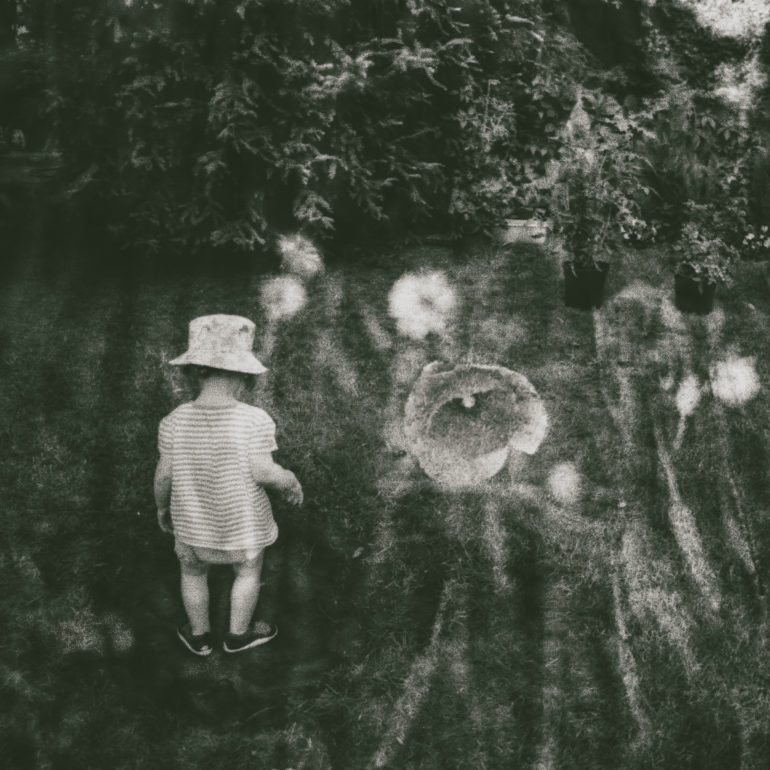
The Phoblographer: Your camera has a penchant for capturing the young and innocent. Do they often feel amused or shy at seeing your camera or are the children of today now more ready to pose for a picture?
Ada Maria Jakimiuk: Most often, young children are just themselves – they don’t pose, just go about their stuff. Sometimes they want to play with the camera. This is the most endearing thing – the absolute authenticity. You can’t make a toddler do things they don’t want to. Basically, kids are having fun, and I’m hunting for the right moment. My older daughter sometimes wants to take pictures herself. She knows there’s a need to do a ‘click-click’ and likes looking into a TLR viewfinder. But there is never any real posing, not in my experience. The modern world hasn’t spoiled their innocence yet.
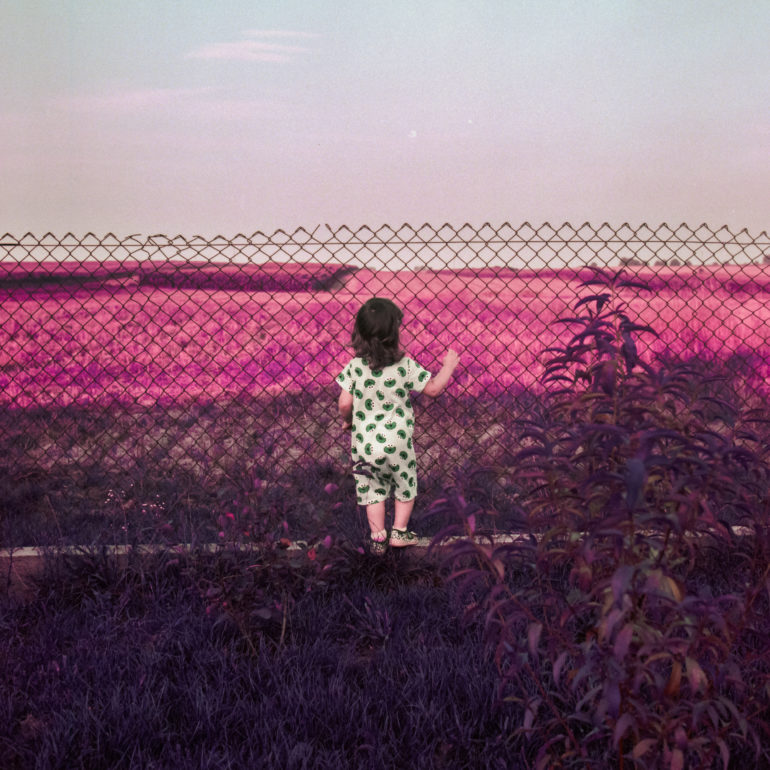
The Phoblographer: There’s a desolate, ghost town feel to some of your images of Poland. What do the streets and outskirts of Polish cities feel like when you venture out to photograph them?
Ada Maria Jakimiuk: The places I photograph are usually of personal importance to me, often pieces of either mine or my husband’s childhood memories. Coming back after years, you see change – sometimes for the better, sometimes just decay. So there are some ghosts there already. Most of these places aren’t abandoned per se, but often you can see the loss – the paint peels off, the walls are dirty, the once neat yards turn into wilderness, or different people live there. Sometimes I go to a completely new place, but you can see the history there. It can feel almost dreamlike, like a computer game. I like when it translates to pictures.
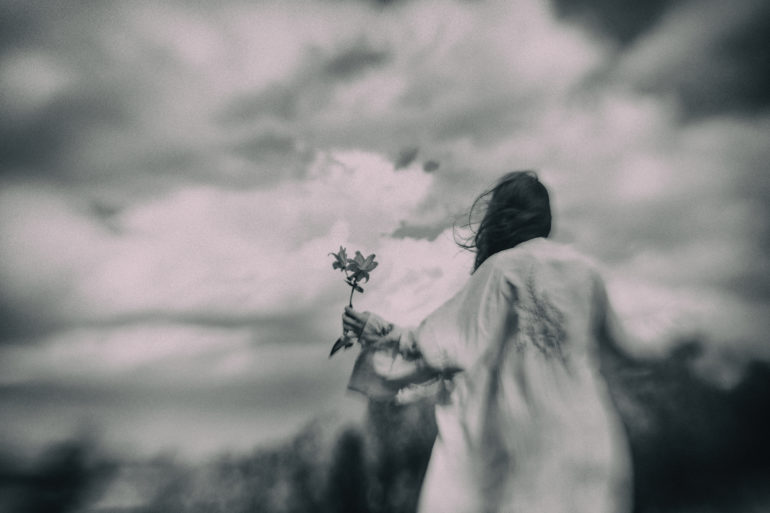
The Phoblographer: Standing in a lonely spot, without much life around. Does the haunting solitude and decay find its way to your portfolio often? Why or why not?
Ada Maria Jakimiuk: I think it does. Decay is a running theme in what I do; even when it doesn’t take center stage, it’s there, in the background, lurking. The passage of time is inevitable, and entropy is impossible to run away from, so it’s way more soothing and beneficial to oneself to face it and make your peace with it. If it makes for interesting art, all the better. Solitude, I think, is part of being a photographer, an observer. The camera gets you closer to people and places, but it always keeps you at a distance. In my case, it’s also the fact that I am an introvert, so solitude is a natural state for me, of sorts. I also find the constant search for the right picture to be somewhat alienating – you have this specific vision in your mind, but it can be very hard to put it into words and communicate.
Even when the photograph is done – I know the feeling it embodies but explaining it isn’t easy. Either you see it, or you don’t. So, as a solitary creature on a one-person quest, this is the sort of imagery that I’m naturally drawn to. But that’s not all there is to my pictures. I think there are two extremes you can find there – the very lonely state of being, but also the intimacy of togetherness. In the end, no matter how introverted, no man is an island, and there’s nothing better than facing everything with the ones you love. My current number one topic in photography is intimacy, so the other extreme.

The Phoblographer: Your colour photography have distinct rose red and deep blue tones to them, with the occasional shade of orange. What would you say influenced the style of your post processing?
Ada Maria Jakimiuk: In the case of this series, I was inspired by Aerochrome film, which has reds instead of greens in its palette. The film itself wasn’t exactly what I was looking for, so I ended up doing the digital postprocessing on both digital and analog pictures to achieve this dreamlike, surreal look. I want it to feel like an abstract dream about real people and places.

The Phoblographer: Almost everyone has access to a camera in some form these days. Would you say that we all have some responsibility to document history using them?
Ada Maria Jakimiuk: Yes. I believe we do, whether we are photographers or not. I think that every picture is documenting history whether we like it or not. Sometimes we don’t really know our context until time passes. We don’t know which pictures will physically last. The innocuous family pictures become testimony about how people lived in the times that happened upon them. We need to care for our photographs – make prints, prepare photo books, keep albums. Nowadays, there are plenty of printing technologies that differ when it comes to permanence, durability, image quality. Photographers should educate themselves and their clients about what will make the memories last and how to care about prints. I think there’s a lot of misinformation – or lack of information – about print permanence and proper keeping of photographs.
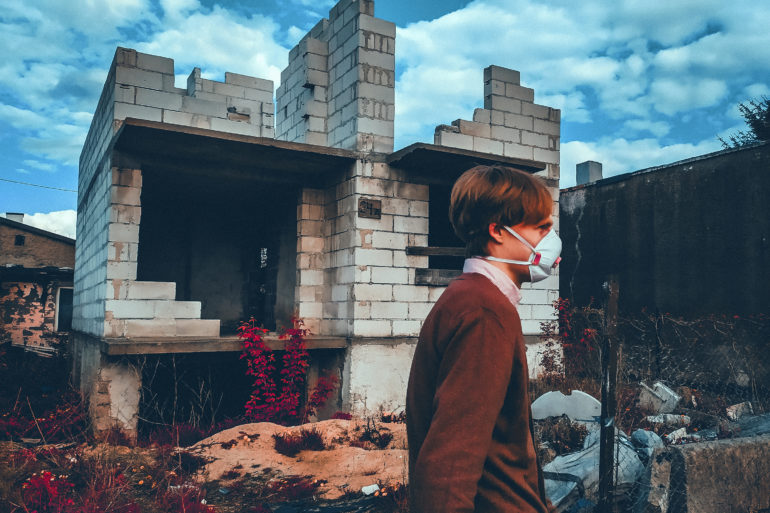
The Phoblographer: I also spotted what seems like the occasional selfie, albeit done very creatively. Tell us how you challenge yourself to come up with more unique selfies?
Ada Maria Jakimiuk: I do a lot of self-portraits. I think that my photography is ultimately my story, so I like to take portraits that reflect who I am at the moment, what’s on my mind, how I feel. Regular pictures don’t cut it; it has to be more expressive. Usually, it’s a spur of the moment idea – whether it’s light painting, nudity, some weird outfit, or a portrait with my child. Only rarely do I take time to plan things. So it’s less of a self-challenge and more of self-expression.

The Phoblographer: What are some of the more challenging subjects to photograph? Has the pandemic lockdown made these more challenging?
Ada Maria Jakimiuk: I find street photography of people more and more challenging. People tend to defend their privacy much more. Even in the last few years, I can see the difference. Simple kindness used to be enough. Now people see a camera from afar and can behave aggressively before you even manage to say something. I was threatened a few times for simply holding a camera in a public place. Vivian Meier would have it way harder nowadays.
The lockdown certainly meant that home became the center point of my photography. It coincided with the birth of my children, so probably things would have looked this way anyway. A home environment demands more creativity because there’s only so much you can do with the same place. And real, lived-in homes aren’t like these Instagram-ready all-white interiors that momfluencers show, so you need to work around a real-life mess. These limitations pushed me artistically, certainly.
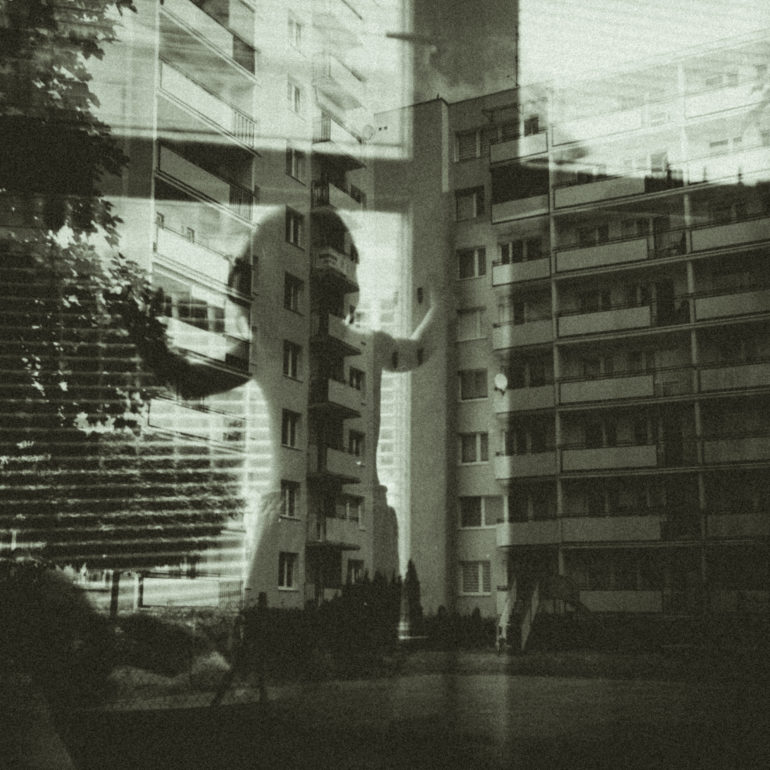
The Phoblographer: Outside of Poland, tell us where you’d find yourself more challenged to photograph something you haven’t before.
Ada Maria Jakimiuk: I think that my greatest and ongoing challenge is creating art that is deeply personal that also works as something universal that can evoke feelings in viewers. A lot of very personal photography doesn’t work for outside viewers because they lack the bond and the context. A lot of things that can be more universally appreciated is beautiful or interesting but empty of emotional load, which ultimately makes them forgettable. I’m trying to marry these two kinds of images. Sometimes it works, sometimes it doesn’t, but I value my mistakes. I can further build upon them, improve. This is why I’m not avoiding showing them; they’re also part of the process.
So that is my current challenge – turning my intimacy into more universal work. I can’t think of anything more difficult for me at the moment.
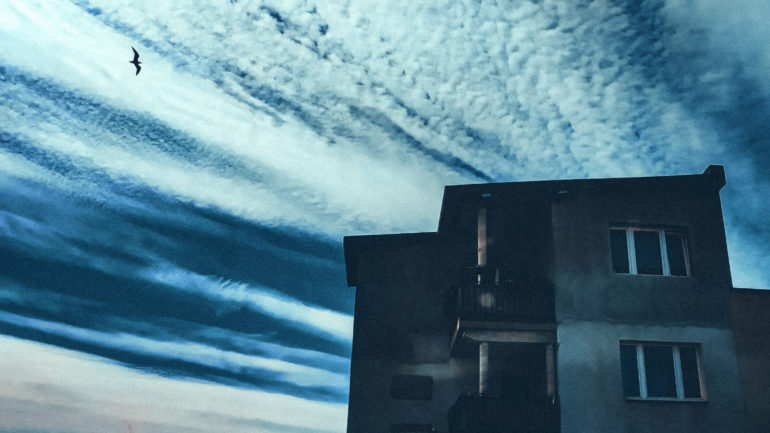
All images by Ada Maria Jakimiuk. Used with permission. Visit her Instagram, Facebook, Flickr, Behance and Tumblr pages to see more of her work
Want to get your work featured? Here’s how to do it!
Source link
